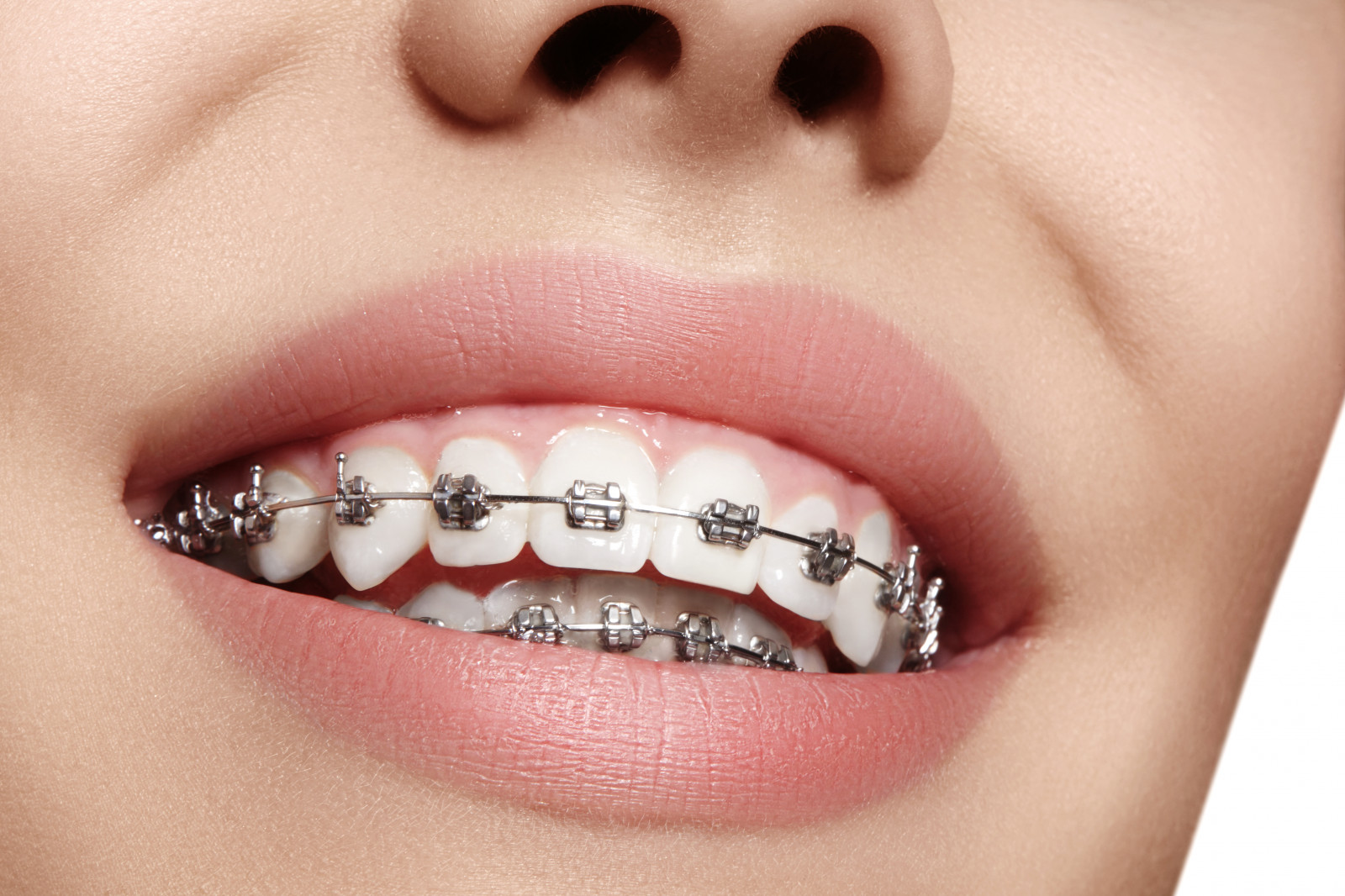Orthodontists are specialists in dental health, much like cardiologists specializing in heart function and neurologists specializing in the nervous system. Dentists can specialize in orthodontic treatment near you, a field that deals with facial and dental problems.
Orthodontists are qualified experts who undergo intense training and amass years of clinical experience. Here is some more information about what orthodontists do and whether you should set up an appointment with one in your area:
Misalignments of the Jaw and Teeth
One of the primary things that orthodontists do is correct jaw and teeth alignment issues. Many potential problems can arise because of misalignment, including difficulty chewing and speech impediments.
Orthodontists can treat anteroposterior deviations. This term describes underbites (when the lower teeth are positioned in front of the upper teeth) and overbites (when the upper teeth are placed in front of the lower teeth). Underbites and overbites can both cause chewing problems and speech impediments.
Overcrowding is arguably the most common issue that orthodontists treat. Sometimes, this is due to insufficient jawbone space, making it difficult for adult teeth to grow in alignment with the rest of the teeth. Using treatments like braces, orthodontists can correct alignment issues.
Orthodontists can correct cosmetic issues. Misalignments, overbites, and underbites can impact the structure of your face. They can restructure your jaw and teeth to improve your smile.
How Do They Correct Alignment Issues?
Orthodontists always begin by doing a thorough examination of your jaw and teeth. X-rays and bite impressions are taken before you discuss potential treatment plans. Based on the information the orthodontist gathers from your x-rays and impressions, they may recommend a particular treatment plan over another.
Here are some common treatments that orthodontists use:
- Braces: Braces are a combination of brackets bonded to each tooth and a wire connecting all frames. These gently align the teeth until they are in the ideal position. Braces can be made of ceramics, metal, or explicit materials.
- Retainers: Retainers are usually given to a patient after removing their braces. Retainers are used to maintain proper alignment. They are essential instruments that must be worn regularly.
- Headgear: To correct an overbite or underbite, you may need to be fitted for headgear. Headgear is used in conjunction with braces. Essentially, headgear supplements the work that braces do.
- Fixed space maintainers: If a baby tooth is lost too early, a space maintainer is installed to keep the space open until the adult tooth erupts. To establish a maintainer, your orthodontist will attach a band to the tooth immediately next to the empty spot and extend a wire to the tooth on the other side of the open place.
- Removable space maintainers: these do the same thing as fixed space maintainers. They are made with an acrylic base and have wire or plastic branches between specific teeth to keep space open.
- Lip and cheek bumpers: Sometimes, your lips and cheek muscles can cause excessive tooth pressure. Bumpers keep the cheeks or lips away from these areas and reduce that pressure.
- Palatal expander: this instrument is used to widen the upper jaw’s arch. It is a small plastic plate that fits on the roof of the mouth. The pressure it causes forces the joints in the bones of your palate to open and widen that area.
- Splints: Splints are used to reposition the jaw. They can work on the lower or top jaw. They can also be used to treat temporomandibular joint disorders (TMJs).
How Do Orthodontists Differ from Dentists?
There are many similarities between dentists and orthodontists, but there are also a lot of differences. Generally speaking, they both improve your oral health. Dentists assess and treat a wide variety of oral health issues. Orthodontists, however, are specialists in straightening your smile and dealing with alignment issues.
Dentists are general practitioners who can diagnose and treat problems of the teeth, mouth and gums. They complete available dental degrees. Orthodontists are registered dental specialists who have finished an additional three years of university training. Aside from knowing about oral care, they are also experts in facial structure.
When to See an Orthodontist
The best time to see an orthodontist is when you are concerned about the structure of your teeth. If you are dealing with crowding, malocclusion, or spacing, consult an orthodontist to see the treatment options.
Here are some common issues that you should consider consulting an orthodontist about:
- Protruding front teeth: Teeth extend forward more than they should. Treatment can change the appearance of your teeth and protect them from injury.
- Crowding: If you have a narrow jaw, you may not have sufficient space for all of your teeth
- Asymmetry: When your upper and lower teeth do not match
- Reverse bite: When the upper teeth come down too far over the lower teeth
- Crossbite: One or more upper teeth do not come down in front of the lower teeth when they are clenched
- Open bite: When there is an opening between the lower and upper teeth while the teeth are clenched
- Impacted teeth: When an adult tooth doesn’t emerge from the bone or gum
Sometimes, you may have to visit a general dentist and receive a referral to set up a consultation with an orthodontist.
If you are a parent, it is recommended that your child has an orthodontic examination by the age of 7. If they need braces or another reparative instrument, their dental provider should be able to tell by then. If you are concerned about your dental health, contact our dentist in NW Calgary today. We’ll examine your child’s tooth to determine whether they need corrective procedures.

